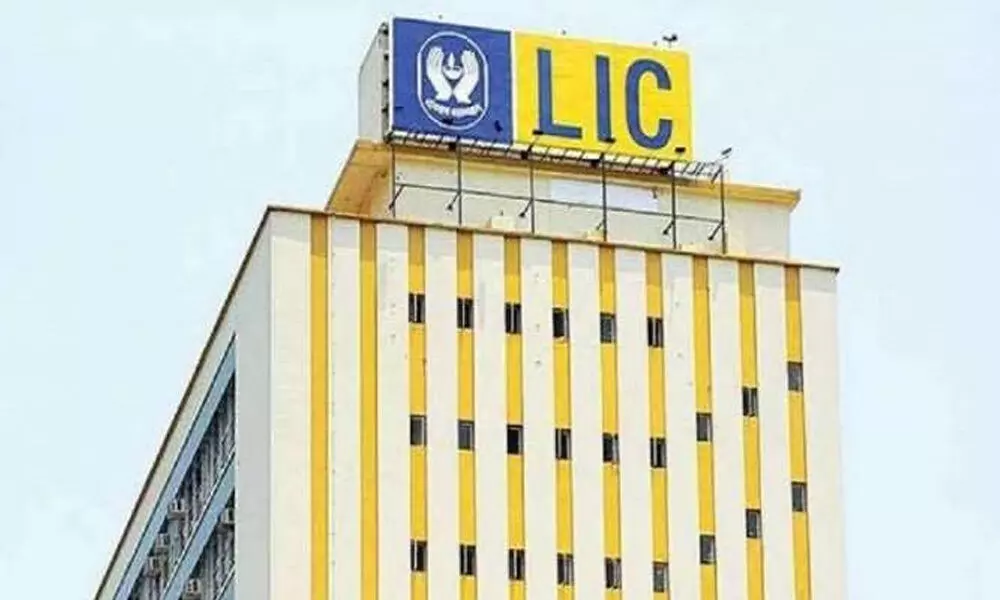Fiscal deficit below 6% depends on Budget & LIC IPO
Fiscal deficit, the difference between revenue and expenditure, in FY23 may be lower than six per cent. But, it will all depend on the forthcoming Budget on February 1, 2022, and how does the LIC IPO perform on the front of augmenting the disinvestment receipt.
image for illustrative purpose

Fiscal deficit, the difference between revenue and expenditure, in FY23 may be lower than six per cent. But, it will all depend on the forthcoming Budget on February 1, 2022, and how does the LIC IPO perform on the front of augmenting the disinvestment receipt.
The government is targeting the fiscal deficit to be at Rs15.02 lakh crore or 5.8 per cent of the GDP for the next fiscal. Not to mention that fiscal deficit has been pegged at Rs16.06 lakh crore for the current fiscal or 7.1 per cent of the GDP.
In the April-November 2021-22 period, gross tax collections grew by 50.3 per cent. Though one cannot expect much from the forthcoming Budget as it was likely to be adjourned before February 10, when the parliamentarians will get busy in the ensuing Assembly elections in five states. The detailed discussion on Budget proposals will be held in March only on conclusion of the election process.
Coming on LIC IPO, DIPAM is likely to file DRHP with SEBI anytime now. Though whole lot of information relating to the IPO will be revealed only once the DRHP was filed, an initial estimate says that in case the government dilutes five per cent of its stake in the insurance behemoth, then it would be having a size of Rs50,000 crore. Whatever be the size, it is all set to help government towards meeting the disinvestment target of Rs1.75 lakh crore by the fiscal-end.
If disinvestment of LIC passes through in FY22, Government might be ending fiscal with a large cash balance of Rs3 lakh crore. This can come handy in supporting a large part of government fiscal deficit without taking recourse to market borrowings.
Now, the main objective of the Budget should be to create an environment by creating an enabling condition by giving higher weightage to short term stabilization policy rather than long term policy. The Budget should also allow for very gradual fiscal consolidation. For FY23, the fiscal consolidation should remain limited to 30-40 bps from the current fiscal. Assuming that the Government keeps the expenditure growth at eight per cent over FY22 estimates at Rs38 lakh crore in FY23 and receipts (minus borrowing and other liabilities) would grow by 10.8 per cent, it would lead to fiscal deficit of around Rs 16.5 lakh crore or 6.3 per cent of GDP in FY23.
There are more avenues, which may be helpful in keeping the fiscal deficit at the lower ebb in the next fiscal. Most importantly, robust tax collections can show the way. Icra estimates the centre's gross tax collections in the next fiscal at Rs27 lakh crore. Experts have pointed out that rather than vying to lower the fiscal deficit, the government should better concentrate its focus on increasing the rural consumption by giving more disposable income in the hands of the rural folks who are currently feeling the pinch due to high commodity price inflation.

